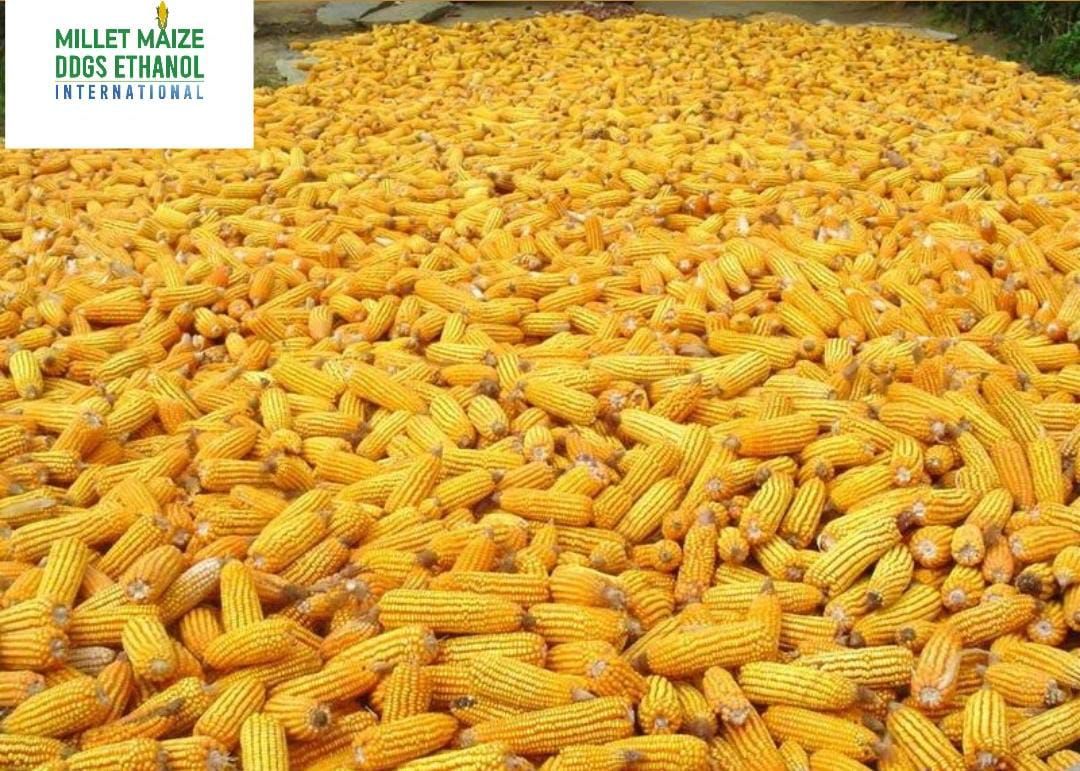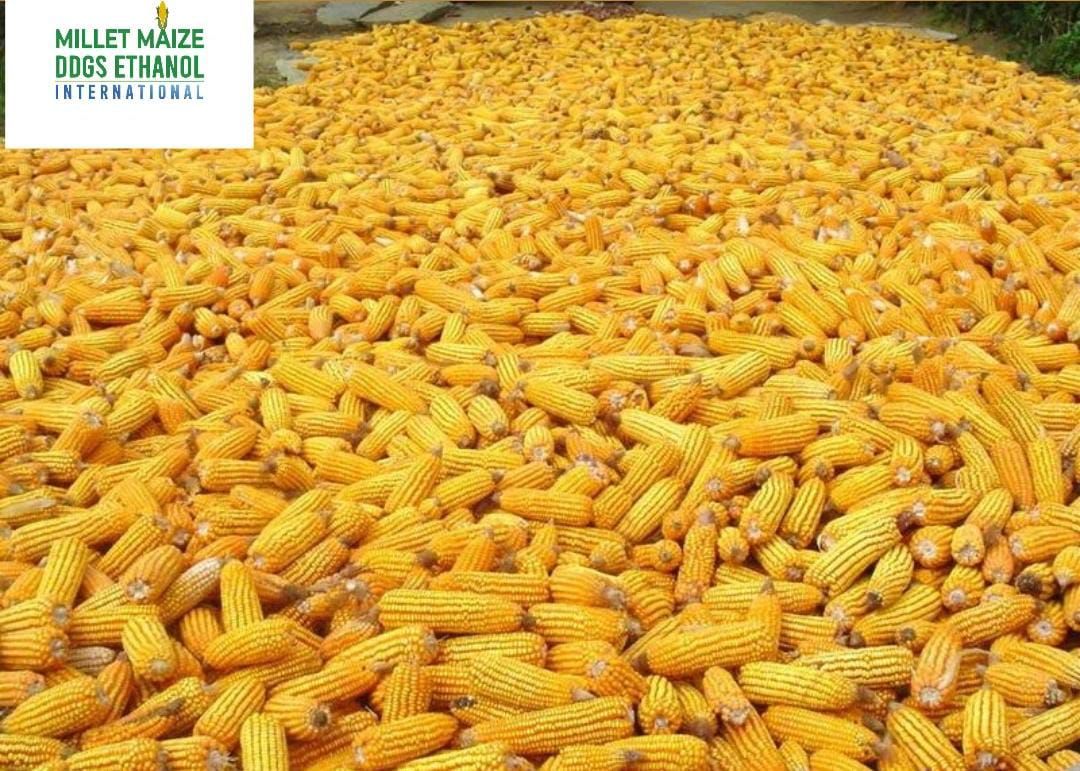mmdeinternational.com - 🌍 Southern Africa Joins Forces for Food Security as Zimbabwe Opens Maize Imports 🌽🤝

In a significant policy shift, Zimbabwe has officially lifted the ban on maize imports, as announced in Statutory Instrument 87 of 2025. This decision comes after the country's initial projections of a bumper maize harvest were revised downward, indicating a potential shortfall in domestic production.
The government's initial estimate of a 2.7 million-tonne maize harvest was recently downgraded to 1.8 million tonnes, falling short of the national consumption needs. Consequently, Zimbabwe has imported approximately 65,090 tonnes of maize from South Africa since September, despite the import ban
The Grain Millers Association of Zimbabwe (GMAZ) Southern Region has welcomed the government's decision, stating that the import ban had severely affected milling operations, leading to some plants halting production due to a lack of raw materials. The lifting of the ban allows millers to source maize from neighboring countries, stabilizing the supply and prices of maize products.
South Africa has expressed support for Zimbabwe's move, viewing it as a step towards regional economic cooperation and stability. The reopening of Zimbabwe's market is expected to benefit South African maize producers and strengthen trade relations within the Southern African Development Community (SADC) .
In addition to lifting the import ban, Zimbabwe has also adjusted its grain procurement policies. The state-owned Grain Marketing Board (GMB) is now restricted to purchasing maize for strategic national reserves, while millers are free to buy directly from farmers. This decentralization aims to enhance efficiency in the grain supply chain, although challenges related to infrastructure and distribution remain.
This policy change underscores Zimbabwe's commitment to ensuring food security and fostering regional trade partnerships. While challenges persist, the lifting of the maize import ban represents a proactive step towards addressing the nation's food security needs.
